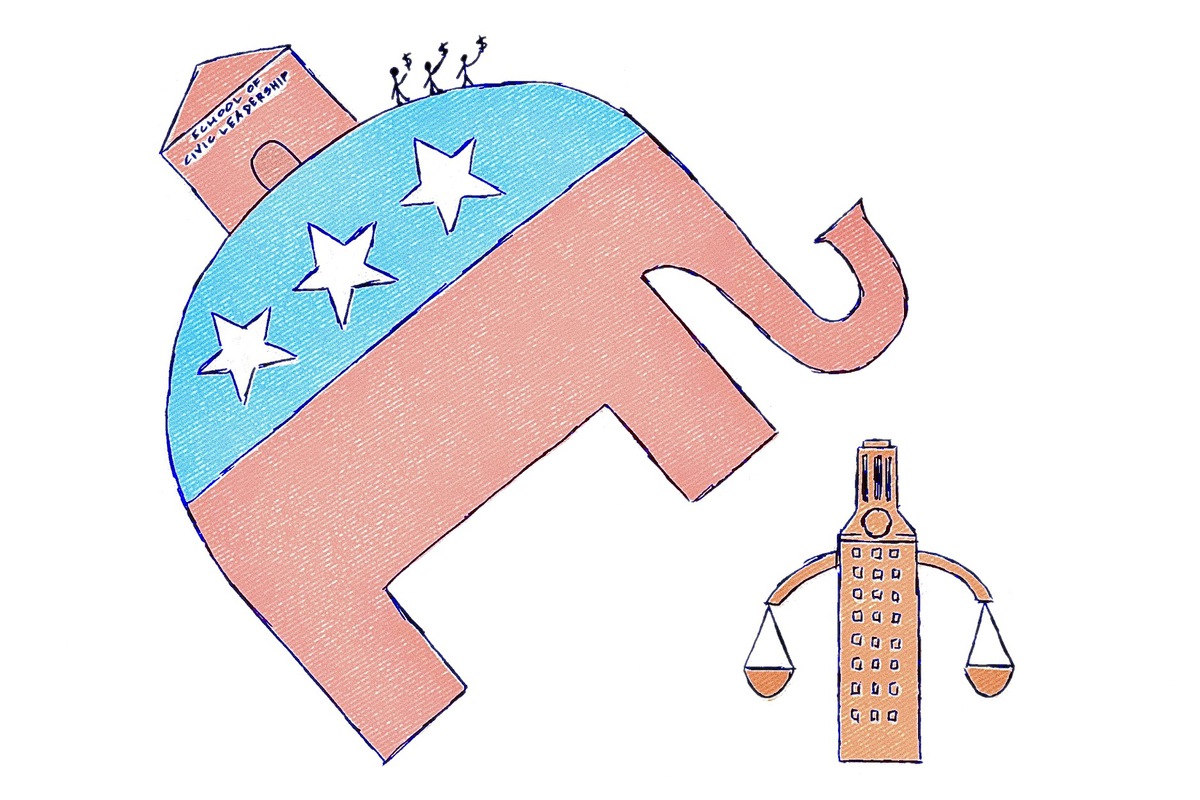On May 19, when UT celebrates its University-wide commencement ceremony, graduates will walk away with both a diploma and, on-average, more than $24,000 in student debt. Many Longhorns will be in the red before they even step into the “real world.”
In total, UT students have almost $474 million in outstanding debt, according to the U.S. Department of Education. The number of students defaulting on loans is up in the state, with Texas coming in at more than 10 percent, slightly above the national average of 8.8 percent, according to the most recent Department of Education report.
UT’s growing student debt reflects a worrisome national reality — higher education is increasingly unaffordable for average Americans.
As more students view college as a means to escape scarce job opportunities, they face the reality of mounting debt and fewer funding options. Outstanding student loan debt now stands at $870 billion, surpassing other forms of debt, including credit card debt and auto loan debt, according to a recent report from the Federal Reserve Bank of New York. This report also shows that college graduates under 40 now owe $580 billion. This debt is expected to surge in the upcoming decades.
To make things even more difficult, learning intuitions across the nation have experienced tuition hikes and deep budget cuts. In the past 25 years, tuition in the country rose four times faster than inflation. As a result, students find themselves gasping for air and taking on multiple jobs to support themselves. Upon graduation, many students put career goals aside to accept any job that will help pay accumulating loans.
UT was among the many intuitions hit by the recession. Texas made major cuts to its financial aid programs last year. Programs such as the B-On-Time Loan were completely cut for future applicants. The B-On-Time Loan was a small state loan program, in which students, who met certain conditions, could be forgiven the entire loan amount upon graduation. Federal grant and loan amounts were also reduced. As a result, students increasingly have turned to private loans to fund their education, but these loans do not have the same protections as federal loans.
The federal government is taking several steps to help reduce the burden of paying back student loans. President Barack Obama announced an executive order last October to accelerate a student loan program that was originally set to begin in 2014. The program will allow students to cut their loan payments down to 10 percent of discretionary income, compared to the current 15 percent. The loan program will also allow students with multiple federal loans to consolidate payments into one monthly payment. Students will be relieved of any remaining debt after 20 years.
This month, several Texas universities and community colleges announced plans to offer more affordable tuition options for students, providing several pathways in which students can earn four-year degrees for less than $10,000. The first degree, a bachelor’s in information technology with an emphasis on cyber-security, will be offered at Texas A&M University-San Antonio for approximately $9,700.
All of these efforts are hopeful signs of improvement, but they are still not enough. Decision-makers must drastically change their thinking. Higher education cannot be put in the same category as other budget decisions. Education is a necessity, not a luxury. Financial aid should be the last, not first, place to experience budget cuts. Reducing student debt and offering greater funding opportunities, especially in large public universities, must become a priority. Our college graduates deserve to receive their diplomas with blank financial slates that will allow them to put their educational investment to full use.
Macaya is a journalism and Latin American studies senior.




















